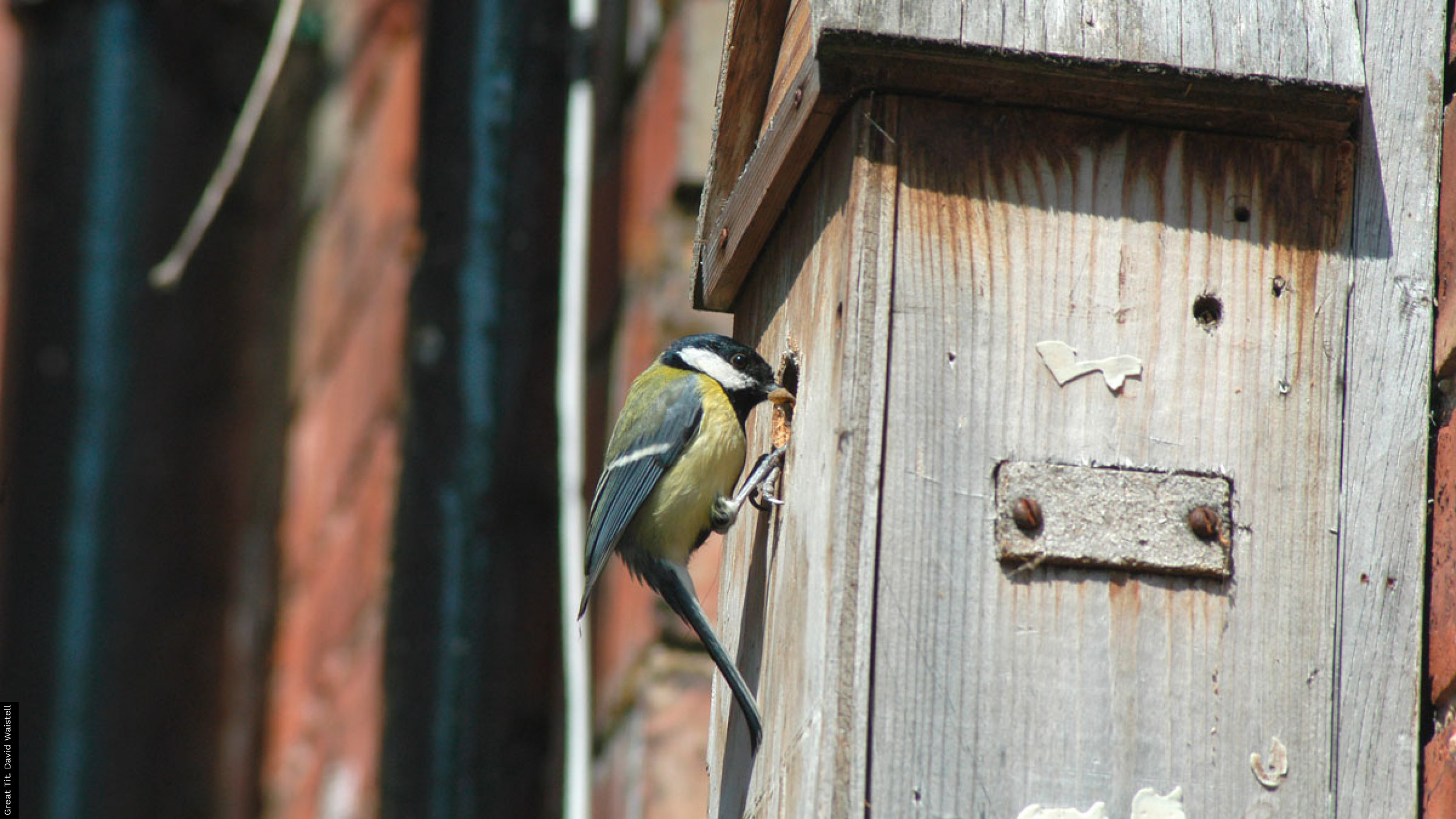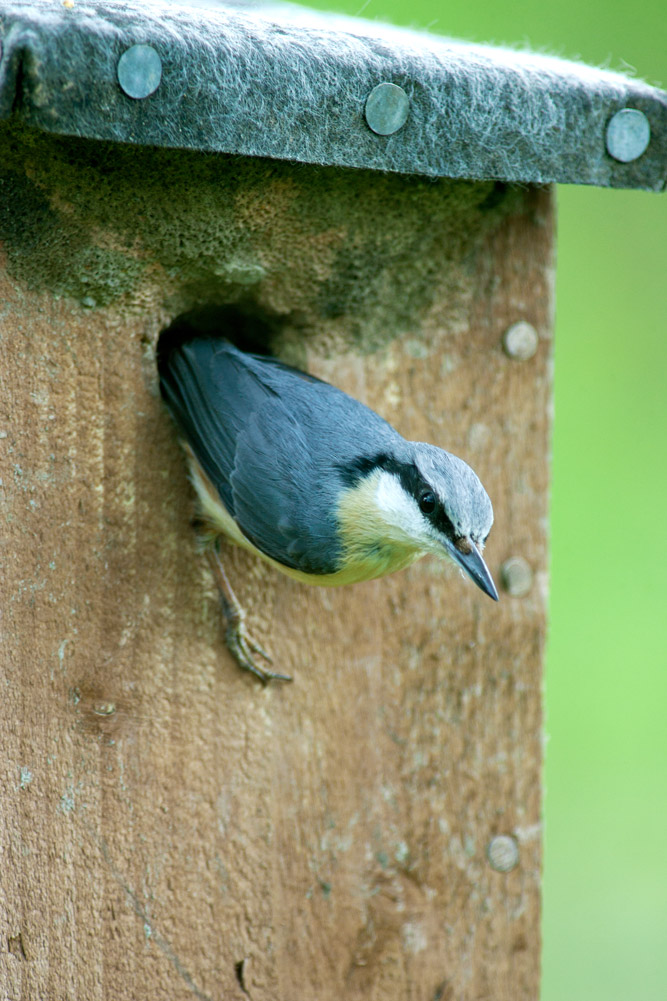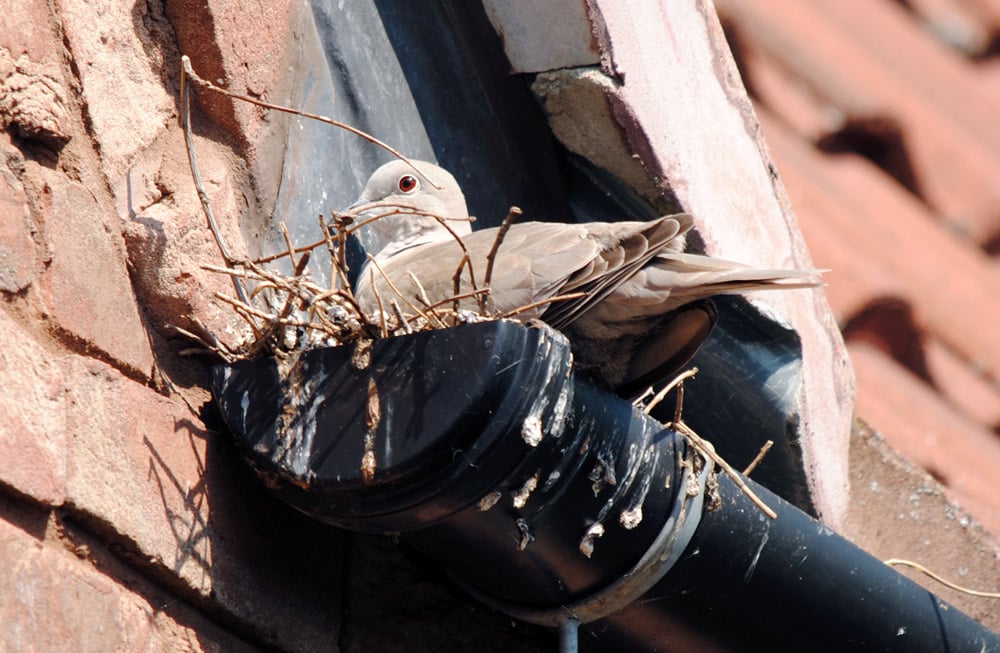Code of Conduct
- Looking inside a nest box will not automatically cause the parents to desert the nest.
- Handling eggs or chicks is illegal without a special licence in most UK countries, so please just look and don’t touch the nest contents.
Scientific studies have shown that, as long as observers are careful and follow BTO guidance, visiting a nest several times to record its contents does not increase the probability of the nest failing. Unlike mammals, the majority of birds have a relatively poor sense of smell, so there is no need to worry about leaving your scent around the nest box.
However, it is important that you take care when nest monitoring and follow the Code of Conduct below.
Are you planning to monitor nests in Northern Ireland, or the Republic of Ireland?
Please note that, due to differing legislation, it is necessary to apply for a licence prior to participating in Nesting Neighbours if you are in Northern Ireland or the Republic of Ireland.Looking in a nest box
If you have been watching your box from a distance and know that both the parents are away finding food or nesting material, you have an ideal opportunity to visit the nest.
If this is not possible or practical, and you don't know whether a bird is in the nest, it is important to follow the guidelines below.
Before looking in the box, give the side a light tap so that any adult birds become aware of your presence. This gives them the opportunity to fly away before you open the lid. Then, lift the lid very slowly.
If there is an adult bird still sitting tight on the nest, do not attempt to move or 'flush' the adult to get a better count.
- Look quickly to see if any eggs or young are visible.
- Gently lower the lid and leave as quietly as possible.
If there is no adult present in the box, you are free to make your observations of nest development, eggs and chicks.
- Be thorough but quick, to avoid staying at the nest for longer than is necessary.
- Gently lower the lid and leave as quietly as possible.
Monitoring an 'open' nest (not in a box)
If you have found a nest that isn't in a box, such as a Robin nest in a plant pot or a Collared Dove nest on a security light, you can monitor it for Nesting Neighbours just as if it was one of your nest boxes. As with boxes, it is perfectly safe to monitor these nests, provided you strictly follow the guidelines below.
Nests that aren't in boxes are often more difficult to get to and must be approached more carefully, so please take extra precautions against:
- Accidental damage: be very careful when moving any vegetation around the nest, so you do not dislodge the nest or cause it to tilt and spill its contents. Be aware also of any other nests near the one you are trying to reach, so you do not inadvertently damage them.
- Nest desertion: it is important not to startle a sitting bird. If a bird is sitting tight when you try to visit a nest, just go away and check again later. If a bird does happen to leave the nest on your approach, make a note of the nest contents and leave the area straight away; she will quickly return.
- Chilled chicks and eggs: chicks and eggs are exposed while a parent is off the nest, so do not visit the nest in inclement weather.
- Revealing a nest to predators: predators can be assisted by tracks and signs left by people and animals. Avoid leaving a trail to the nest by trying not to displace or trample any surrounding vegetation. Never inspect a nest if you think a predator may be watching you.
The above guidance is taken from the Code of Conduct that applies to BTO's other survey of nesting birds, the Nest Record Scheme.








Share this page